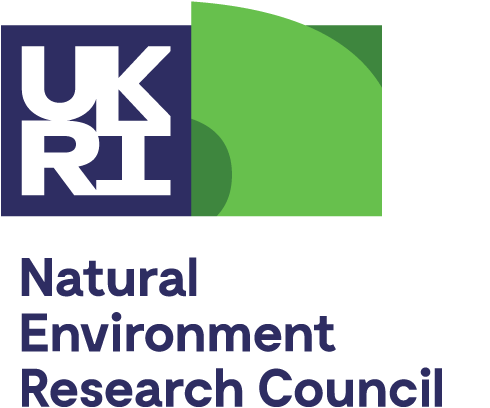Gareth Hatch emphasises importance of REE processing
Gareth Hatch is one of the founders of technology metals research (TMR) – a firm, independent of exploration companies, who provide analysis and intelligence on REE exploration projects. He is also a co-founder of Innovation Metals, working on the processing and marketing of critical metals, particularly the REE. He has a PhD, from Birmingham University, in Metallurgy & Materials, where his research focused on rare-earth permanent-magnets.
Gareth visited Camborne School of Mines (CSM) on the 27th—28th May to deliver a talk on the REE supply chain challenge. This was video-linked to the British Geological Survey (BGS) as part of the joint CSM—BGS ‘Critical Metals Alliance’. The talk covered both the geological and technological barriers to REE production, drawing on his role at TMR and at Innovation Metals. The timing, while coincidental, was an apt way to start the SoS RARE research programme.
For the geologists attending, Gareth provided a breakdown of the 53 current exploration projects listed on TMR which have at least an inferred resource estimate (this excluded projects in India, Vietnam and Kazakhstan, where no JORC or NI 43-101 equivalent data can be obtained). The global distribution of REE projects was highlighted, and the vast potential tonnages of REE – with 100 MT of contained worldwide REE resources, compared to annual demand totalling 120,000 T – was emphasised.
Given this huge potential supply, the bottleneck, from Gareth’s perspective, is in the processing of REE concentrates. Many REE projects intend to take the project to a concentrate stage, and then sell this on. Concentrate, however, cannot be utilised by the end-users, with products such as REE magnets requiring the procurement of high purity metals. Three options were suggested, by Gareth, to solving this issue: 1) sell concentrate to China, 2) build a separation facility at the mine site, and 3) use a tolling model to sell concentrate to an independent facility. The benefits of the latter option were expanded upon, and a US Department of Defence funded pilot program is currently funding Innovation Metals to move towards a North American REE processing facility. As part of this programme, one of the main areas of development is in finding faster ways of carrying out solvent extraction – the process by which the REE are industrially separated. Gareth provided an interesting overview of a capillary method which increases the surface area between solvents. This provides a promising means to speed up the REE separation process, but the problem of up-scaling from the laboratory remains.
While times are currently difficult in the REE exploration industry, Gareth speculated that at least some of the exploration projects will develop into mines. He also noted that there may be additional future uses for the REE in new LED technology and as PVC stabilisers, the latter potentially using up La and/or Ce, which are currently in oversupply. This, combined with the forecast growth in demand for REE, especially for Nd and Dy, paints an optimistic future for the REE industry.
Sam Broom-Fendley 10 June 2015





